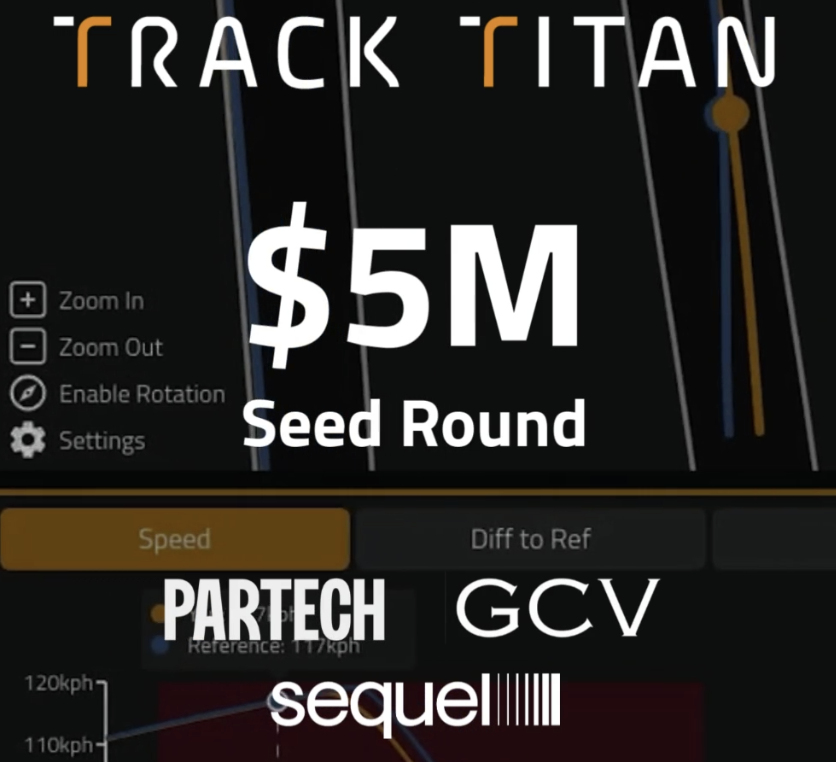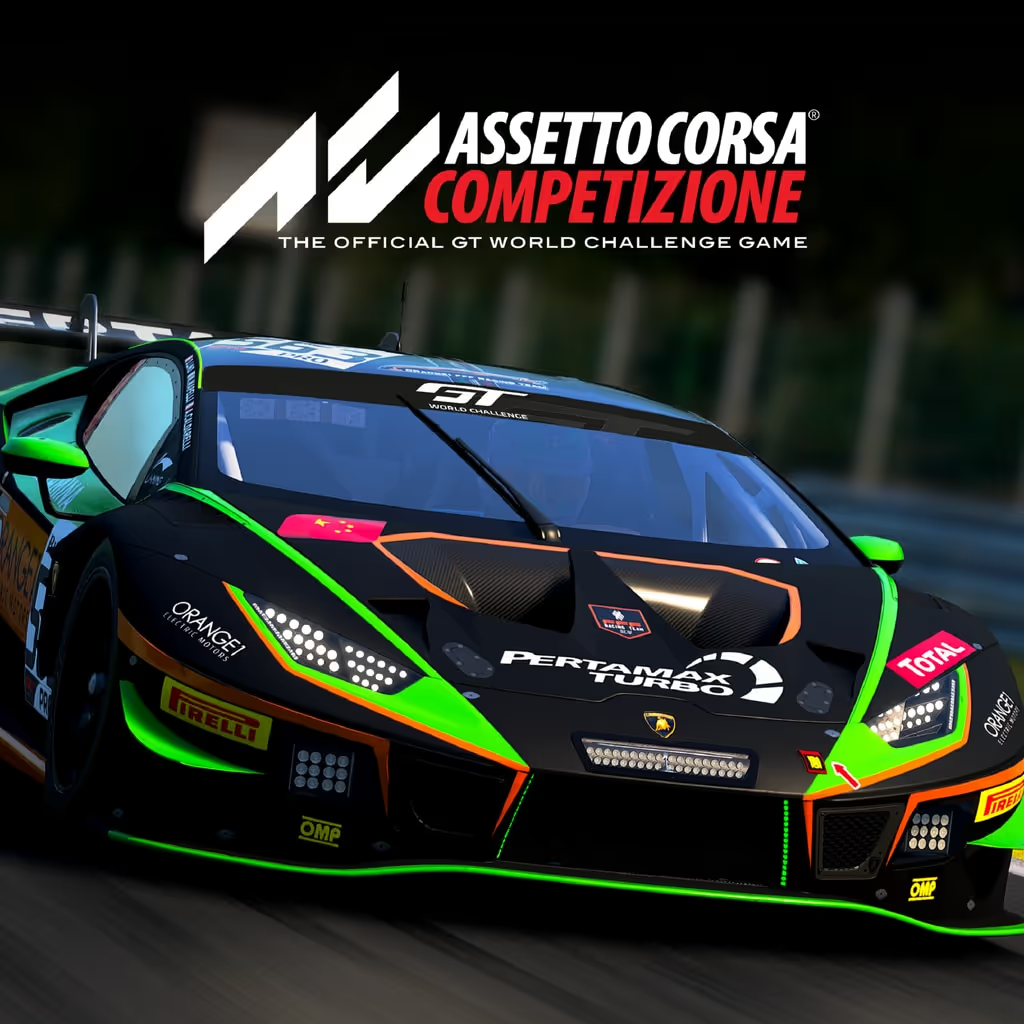Slower cars are underrated in sim racing
Why slower cars aren't very popular
People dream of driving Ferrari's, Lamborghini's, and all types of supercars they can't drive in real life. Sim racing provides an excellent taste of what it's like to drive these wonders of engineering. That's why people often overlook the slower classes of cars sim racing games have to offer. They're not always the most beautiful cars and not as exciting to drive as the faster options available. So it's fairly obvious that slower cars in sim racing games are less popular because they don't provide a better experience, or do they?
The benefits of racing slower cars
Most times when you start out in a new sim racing game that offers multiple classes of racing (think iRacing, Assetto Corsa, Gran Turismo), the tutorial or even the whole game, forces you to start out with slower cars. They want to teach you the fundamentals of driving, at a speed you can still comprehend. But most of us are filled with excitement to drive our dream cars and want to skip over this learning part to jump into our favorite supercar. This is totally understandable, but it can cause us to lack a solid foundation.
The basics
Going over the basics of racing in a slower car is one of the easiest and most effective tools to learn them. Cars like iRacing's Toyota GR86 are great for learning things like the right racing lines, trailbraking, combating under- and oversteer. This is because it is a rear wheel drive car (like the faster cars you probably prefer to drive) that's not as punishing as it's faster brethren, but requires the same technique to be driven quickly.
Let's take trailbraking as an example. The whole process of trailing off the brakes happens relatively quick in a GT3 car, as they progress through corners at a way higher pace. So when you're trying to learn how to trail off the brake pedal in a GT3 car, it's gonna feel wrong when you perform the action too slowly, but it might feel faster if you don't trail off of the brakes at all, and this might help you to develop bad habits.
Now if you learn to trailbrake in the Toyota GR86, you can practice the trailing off part at a much more reasonable speed. This teaches you how trailbraking changes the dynamics of your car during cornering, because it's much more pronounced in a slower car. And when you've learned to trailbrake correctly in a slower car, it's only a matter of speeding up the same technique in a faster car.
Feel your mistakes
The other benefit of learning to race in slower cars, is that the mistakes you make are a lot more pronounced.
Imagine messing up your exit out of a corner, in a faster car you might just power onto the straight after and lose a tenth of a second. But in a slow car, messing up an exit and losing precious momentum makes that straight feel like an endless stretch of road. Mistakes cannot really be hidden from you, and you have to accept that you're messing up somewhere. The learning environment this creates is much healthier in my opinion, as everything is out in the open. You mess up your racing line, you'll feel it! Messed up your trailbraking, you'll feel that too! None of your mistakes will be shrouded by the roar of a faster engine. The slower car puts up a mirror, it forces you to recognise your own driving whether it's perfect or problematic.
More forgiving
Slower cars are not completely in the business of punishing you for any mistake you make. They are more like loving teachers wanting you to honestly learn from your mistakes. They are less punishing when it comes to making mistakes than most of the faster cars. Messing up a braking zone, racing line, or stepping on the throttle too hard can be disastrous in a fast car. Maybe you'll end up in the wall and having to restart your practice session, or ending your race. But in a slower car you have more time to react and solve these problems. When you feel a bit of oversteer coming up, you often have time to deal with it. And even if you deal with it in the wrong manner, you're not going so fast that contact with any barriers means the end of your race. Maybe your mistakes slow you down a ton in terms of lap time, but they are rarely race ending.
Conclusion
Slower race cars are excellent tools to help you learn the racing fundamentals. These fundamentals can be learned at a comprehendable pace and are applicable to faster cars as well, albeit that you need to speed up the techniques a little bit. They give you honest feedback about the mistakes you are making, and sometimes even give you a chance to correct them.
They might not be the flashiest cars to drive, but they will teach you how to race those flashy cars faster!
Oh and racing in slower cars is always a blast, you'll definitely learn what they mean when they say Rubbin is racing son!




.png)





















